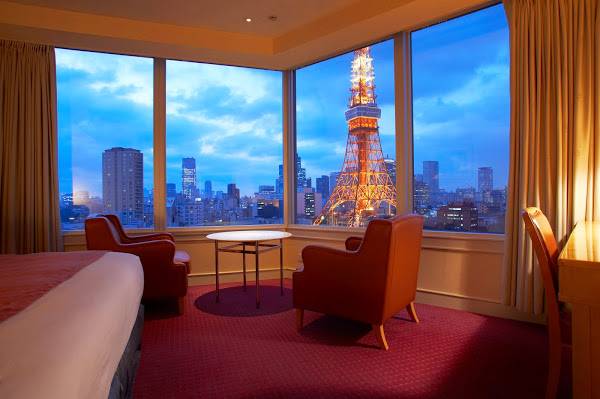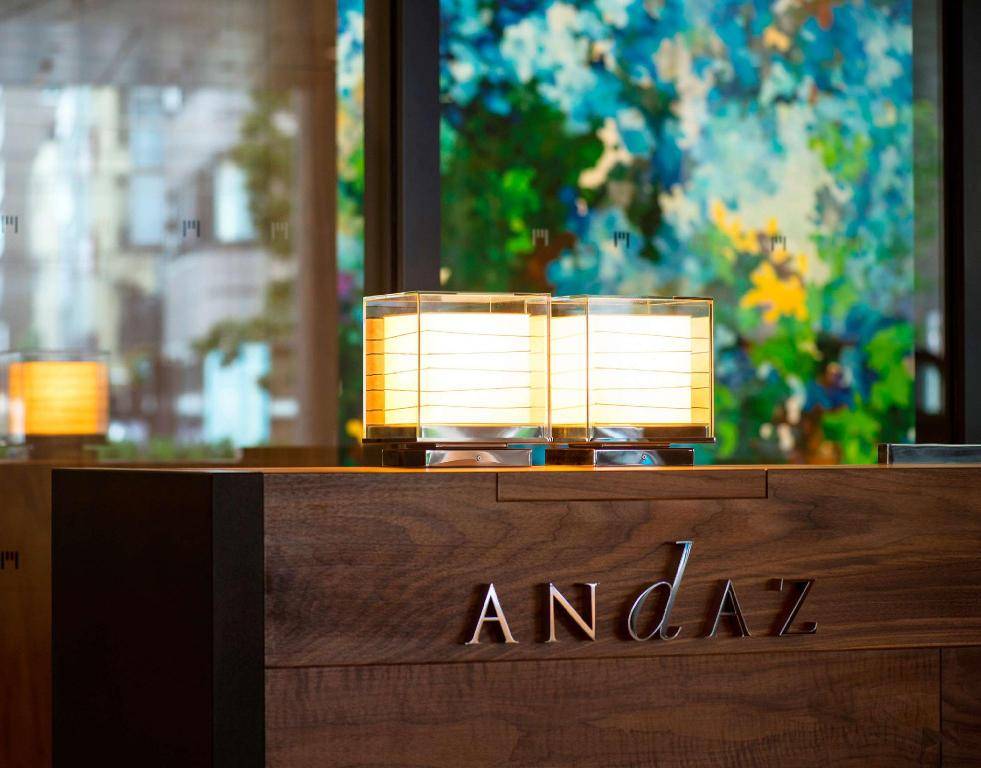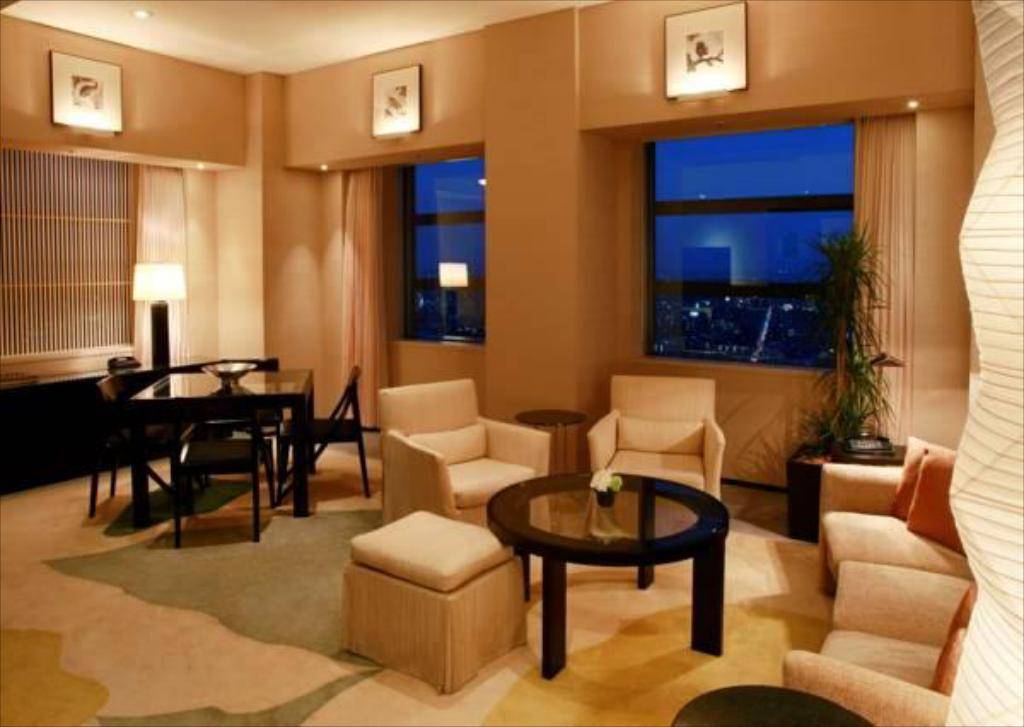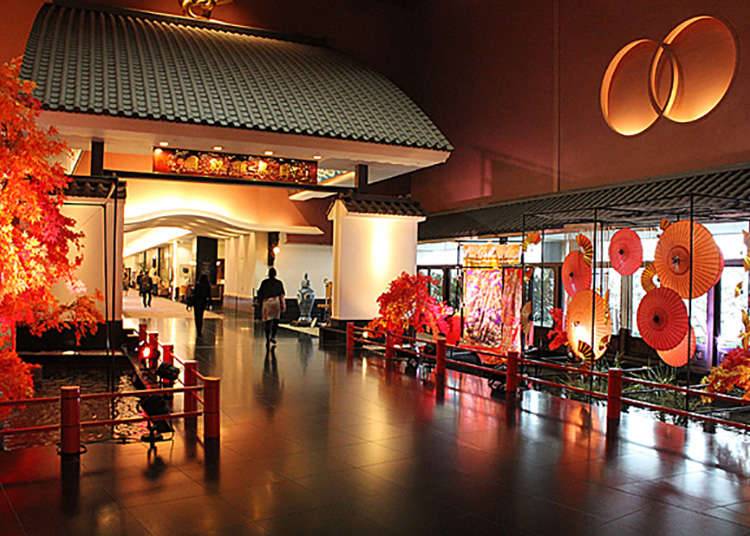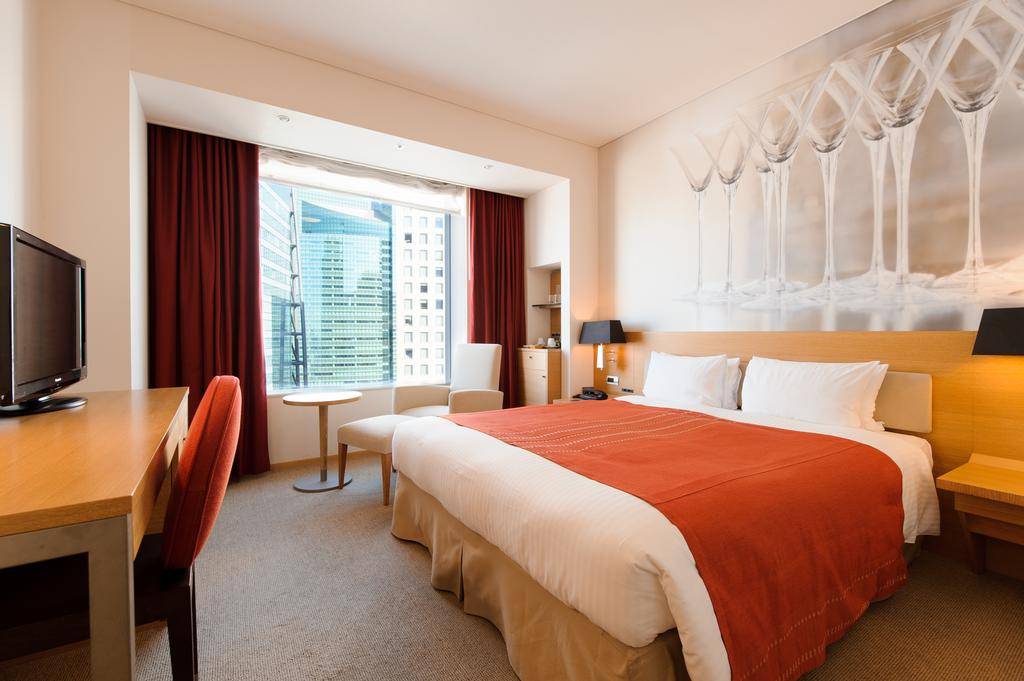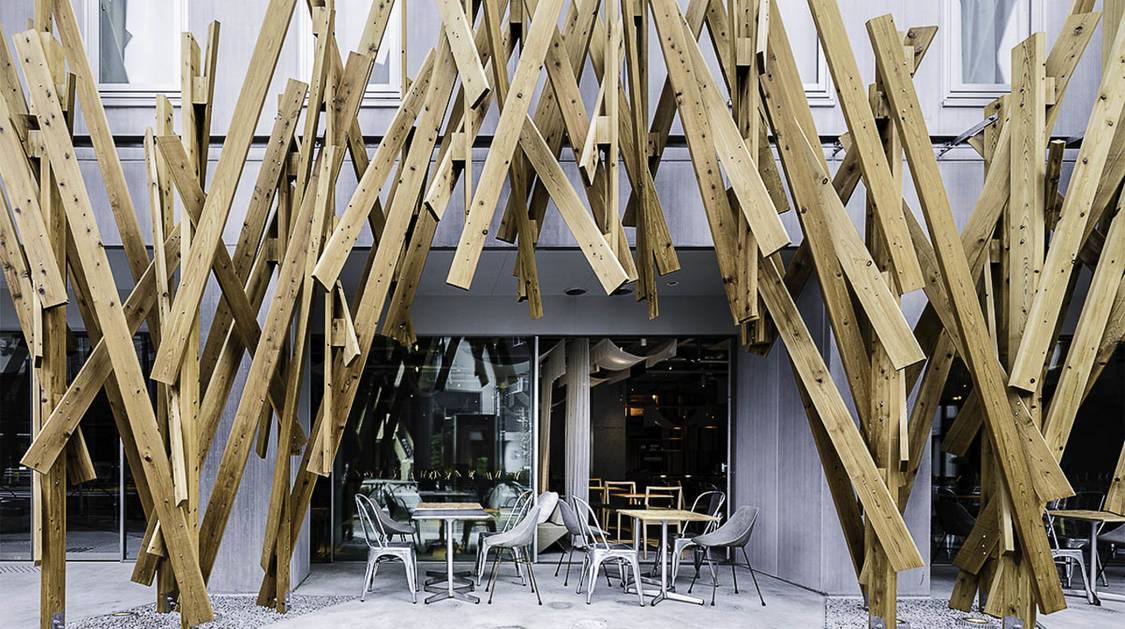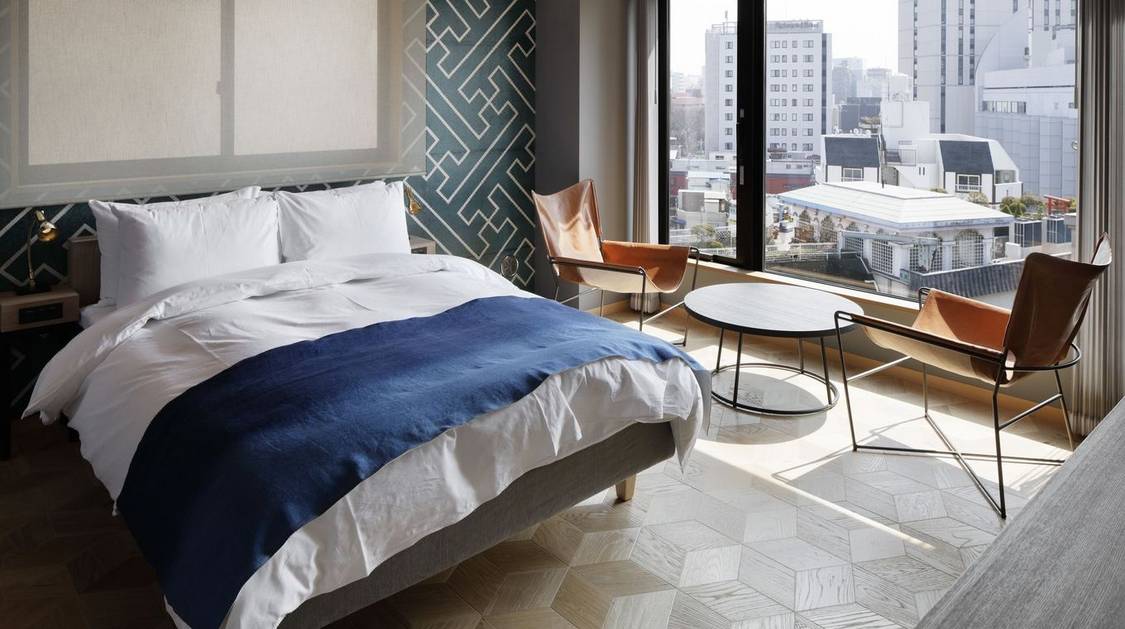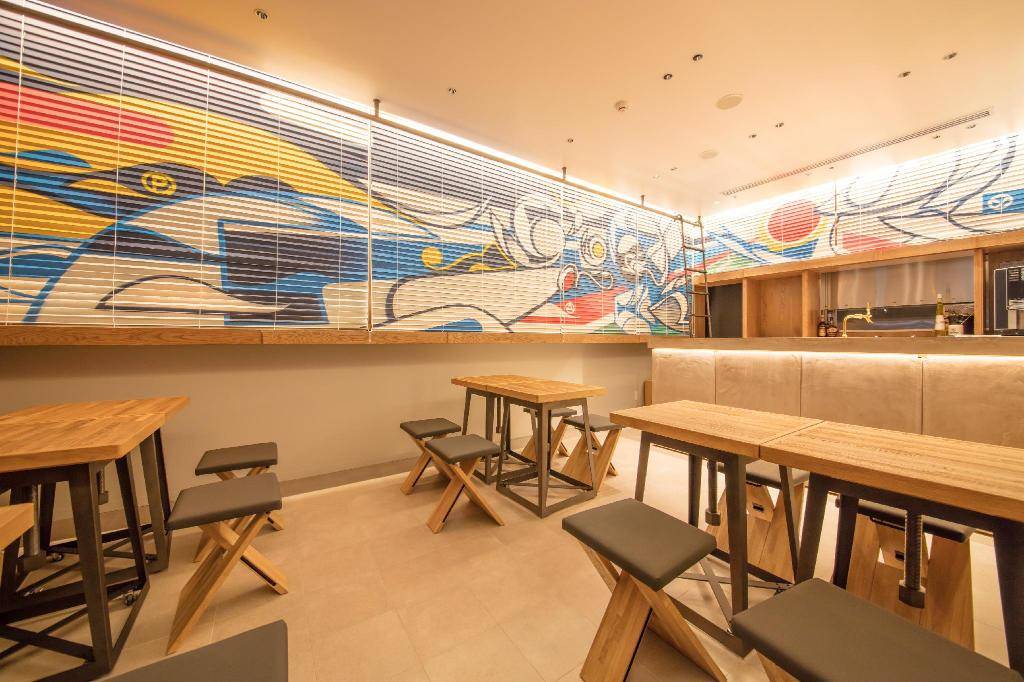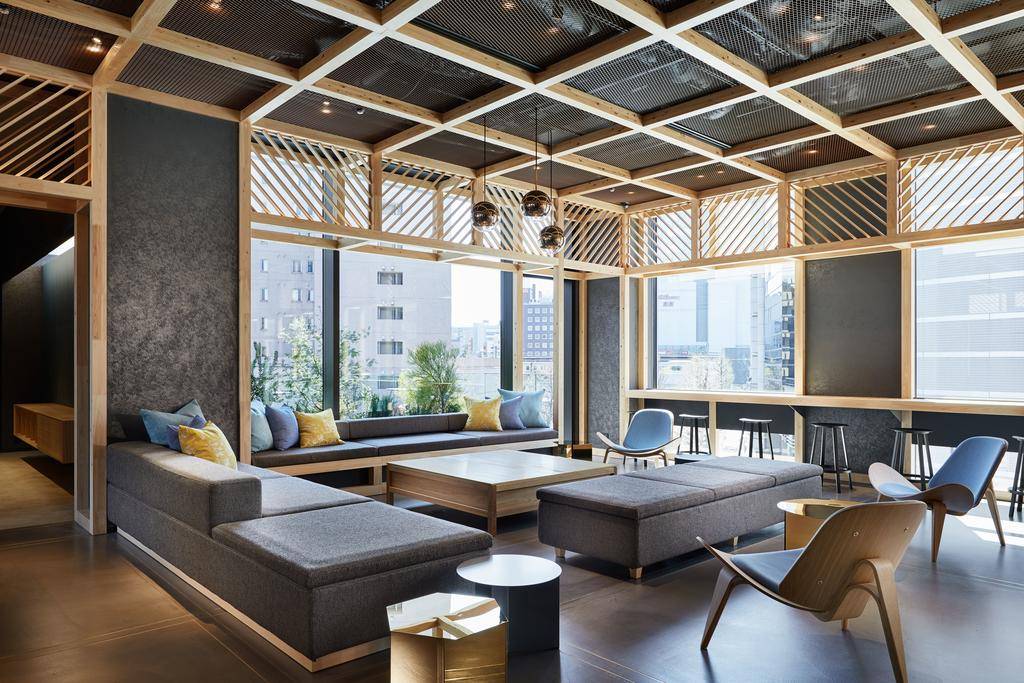The best hotel for panoramic views of Tokyo Tower, with a 33rd-floor restaurant offering views of Tokyo Tower and Skytree. Selected as a high-end comfortable hotel by the Michelin Guide for 9 consecutive years.
Andaz Tokyo-a Concept by Hyatt
A stylish boutique hotel under the Hyatt Group, co-designed by luxury hotel maverick Tony Chi. It is the second tallest hotel in Tokyo, featuring rooms with large floor-to-ceiling windows offering unobstructed close-up views of Tokyo Tower.
The classic filming location of 'Lost in Translation', designed by Kenzo Tange, the father of contemporary architecture in Japan; the hotel offers a killer view overlooking Tokyo, with half of the rooms having a view of Mount Fuji.
Hotel Gajoen Tokyo
A Japanese-style hotel listed as a tangible cultural heritage, part of SLH (Small Luxury Hotels of the World); the original setting for Hayao Miyazaki's 'Spirited Away', the hotel is adorned with art-like murals and carvings.
Commonly referred to as 'Tokyo's number one internet-famous hotel,' you can see a full view of the Tokyo Tower and Mount Fuji from the window; themed rooms are closely tied to Japanese culture, including Geisha, Maneki-neko, and Sumo rooms.
Designed by master architect Kengo Kuma, this trendy hotel features a wooden industrial style. The rooms are equipped with a refrigerator and a capsule coffee machine. The terrace offers a close-up view of the Tokyo Skytree.
A hotel under Japan's Wired Cafe, featuring B&O sound systems and artisan handcrafted bedding; 30 rooms with different design styles, created in collaboration with local Asakusa artists or craftsmen.
Hotel Koe Tokyo
Stay in a minimalist fashion store, with 5-star custom pajamas and toiletries. There is a music restaurant and bar with regular music performances, and popular DJs are invited to host events on weekends.
The world's first robot hotel, with robots in the lobby to carry luggage, talking and blinking robots at the front desk, and small interactive robots in the guest rooms.
A new urban hotel brand by Hoshino Resorts, featuring wooden loft tatami rooms that can accommodate three people; develops various travel routes for travelers and leads them to experience authentic local food and special activities.


